The Port of Antwerp-Bruges is the second largest container terminal in the world. It welcomes the largest vessels eighty kilometers inland – bringing products as close as possible to their final destination. Where ships are offloaded, a modern network of railroads, roads, pipelines and waterways carries goods to the heart of Europe in no time.
Antwerp also boasts a top spot in digital connectivity. We’ve claimed a spot in the top ten of area’s with the best broadband access for several years now. Mobile coverage is equally as reliable. Combined with a wide range of modern communication and tracking tools, this means you are always as close as possible to your goods – even if they are literally thousands of kilometers away.
Ready to start exploring?
The port of Antwerp-Bruges is a world port. It is the 13th largest port in the world, the 2nd largest port in Europe and the largest European port for conventional cargo. This makes it a major gateway to Europe.
The Antwerp port has an excellent infrastructure for receiving all types of transports and goods. Moreover, absolutely no other port is so centrally located in Europe as Antwerp, which makes transport to the consumers easier, more sustainable, more efficient and consequently less expensive.
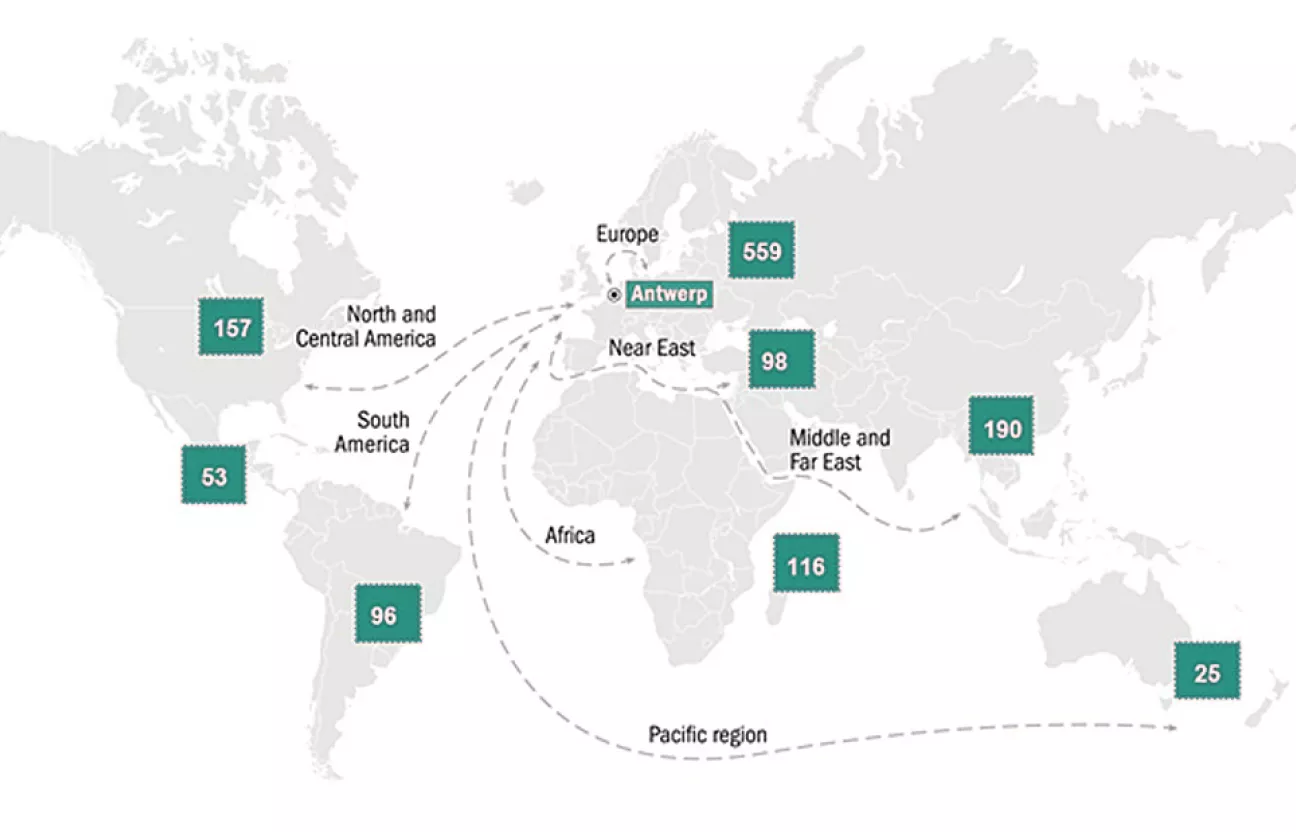
By sea
Maritime transport is the basis of the port of Antwerp´s success story. Via the Scheldt river, seas and oceans, sea-going ships can find their way between Antwerp and the farthest corners of the world. The ever-larger sea-going ships not only bring goods to Antwerp, they also take products on board before departing for their next distant destination. Because absolutely no port is more centrally located in Europe than Antwerp, ships can already bring their goods very close to customers.
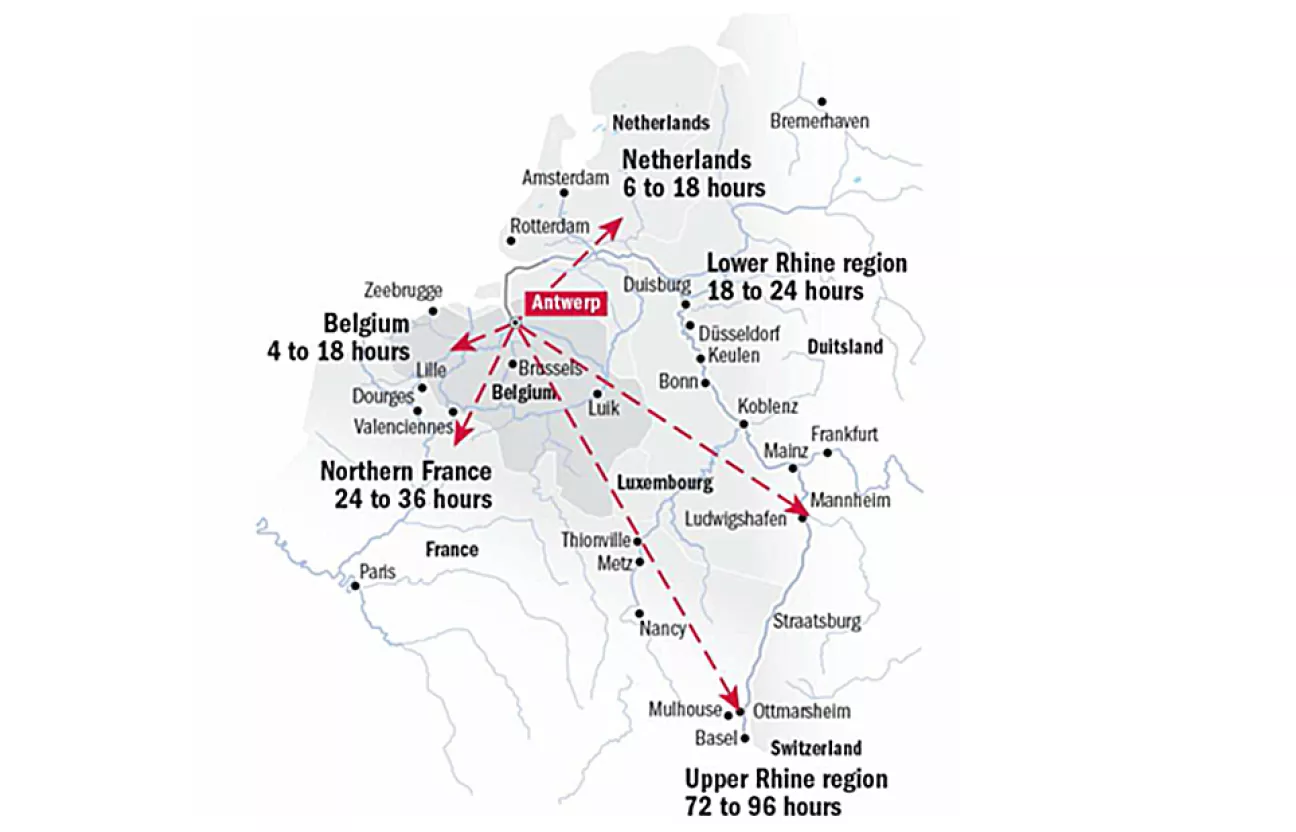
Via inland shipping
The port of Antwerp-Bruges is not only linked to the Scheldt, but can also transport goods over water via e.g. the Albert Canal, the Scheldt-Rhine Connection and the Scheldt-Seine Connection. Over these rivers and canals, inland navigation vessels can transport large quantities of goods at the same time. For example, all of the products that you find in Colruyt stores travel via inland navigation vessels to a central warehouse in Brussels. Goods can also be transported to terminals further inland in order to be handled there, such as in Liège or Grobbendonk. Via a large network of rivers and canals, the inland shipping can also reach destinations outside of Belgium, such as in the Netherlands, Germany, Austria, Switzerland and France.
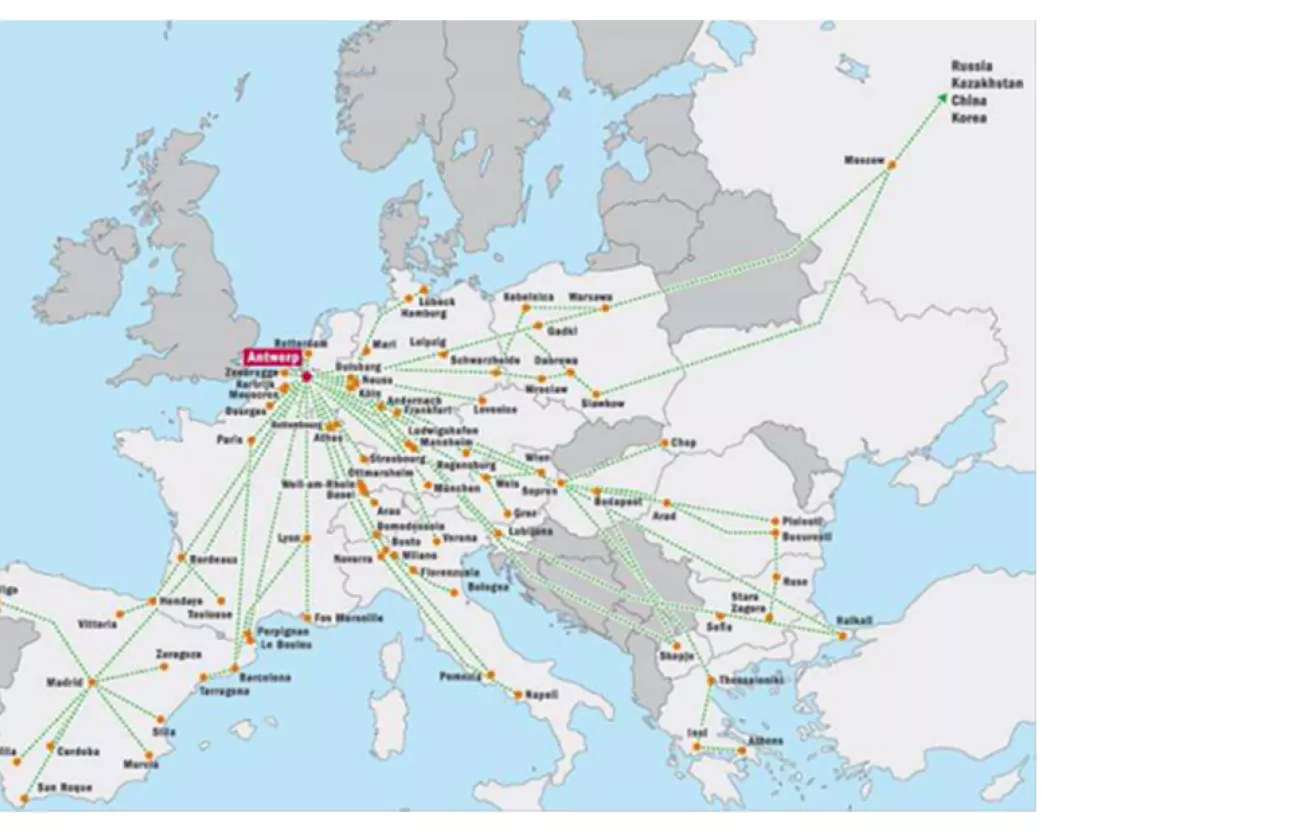
By rail
The Antwerp port area lies right in the middle of a large rail network that runs throughout Europe. This rail network has destinations that range from Spain to Norway and from Greece to Poland. Each week 70 destinations are served in 19 countries! In order to also use this transport method as effectively as possible, all terminals in the port of Antwerp are linked to the rail network. Freight trains transport not only containers, but also bulk goods such as coal, sand and chemicals.
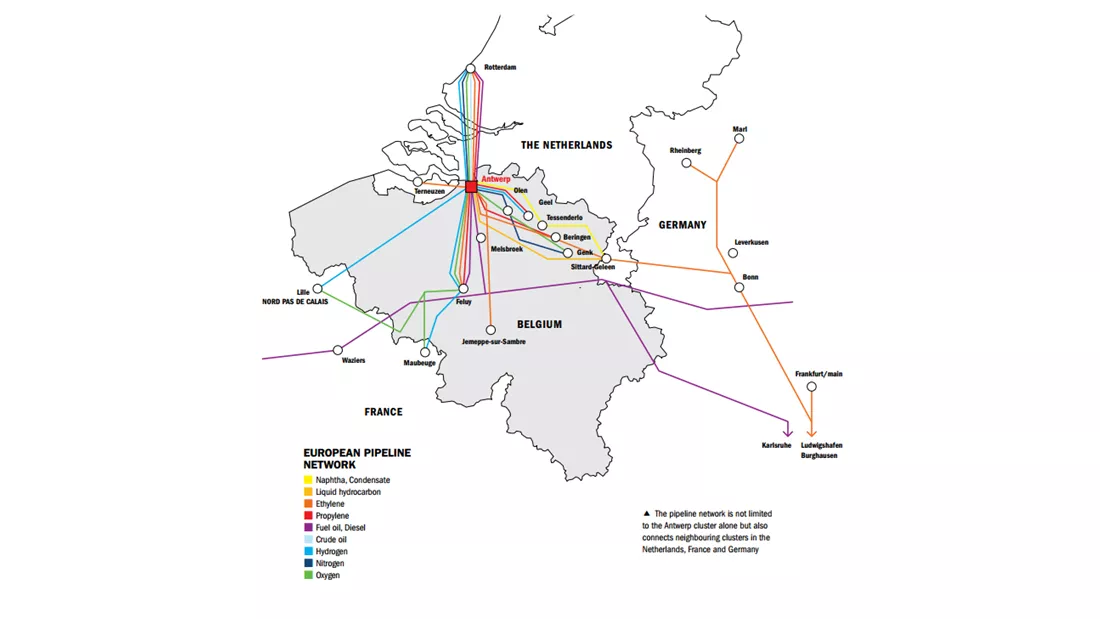
By pipeline
Without you even seeing it, each year many millions of tonnes are transported to and from Antwerp. Just think of petroleum, fuel oil, petrol and natural gas. The best-known pipeline to the Antwerp port area is the Rotterdam Antwerp Pipeline. Each year, 30 million tonnes of petroleum flows from Rotterdam to Antwerp through this 102 kilometre-long pipe. If this pipeline wasn´t there, then 1100 big tank trucks would have to drive back and forth, day and night, between the two cities in order to transport the same oil. Kerosene - fuel for airplanes - is also transported from Antwerp to Zaventem in this way.
Antwerp is strongly tied to the surrounding business centres, such as London and Paris, via motorway, high-speed train and airplane. Moreover, several mobility projects ensure a smooth traffic flow in and around the city.
Master Plan 2020
The Master Plan 2020 includes several mobility projects that ensure smooth traffic flows in and around the city:
- New tram connections are being created, both within the city and to a number of other municipalities (Zwijndrecht (already created), Wijnegem (already created), Beveren, Wilrijk, Kontich). One of the major projects within this framework was Noorderlijn/Brabo 2. The construction has been made of a new tram line which connects the north of Antwerp (Eilandje district) with the centre.
- The Operaplein and the Franklin Rooseveltplaats are becoming an important multimodal node. Cars drive underground there, and there is also an underground car park. In addition, there are important connections by tram, premetro and bus.
- The Antwerp Ring is relieved by the Oosterweel connection. This closes the Ring so that not all traffic has to go through the Kennedy Tunnel. Moreover, a better connection is coming between the E313/E34 from Hasselt and Eindhoven with the E19. The A102 is becoming a tunnel in the direction of Breda and the R11bis is becoming a tunnel in the direction of Brussels.
- New cycle paths are being created, including along the Singel, through the port and through the districts.
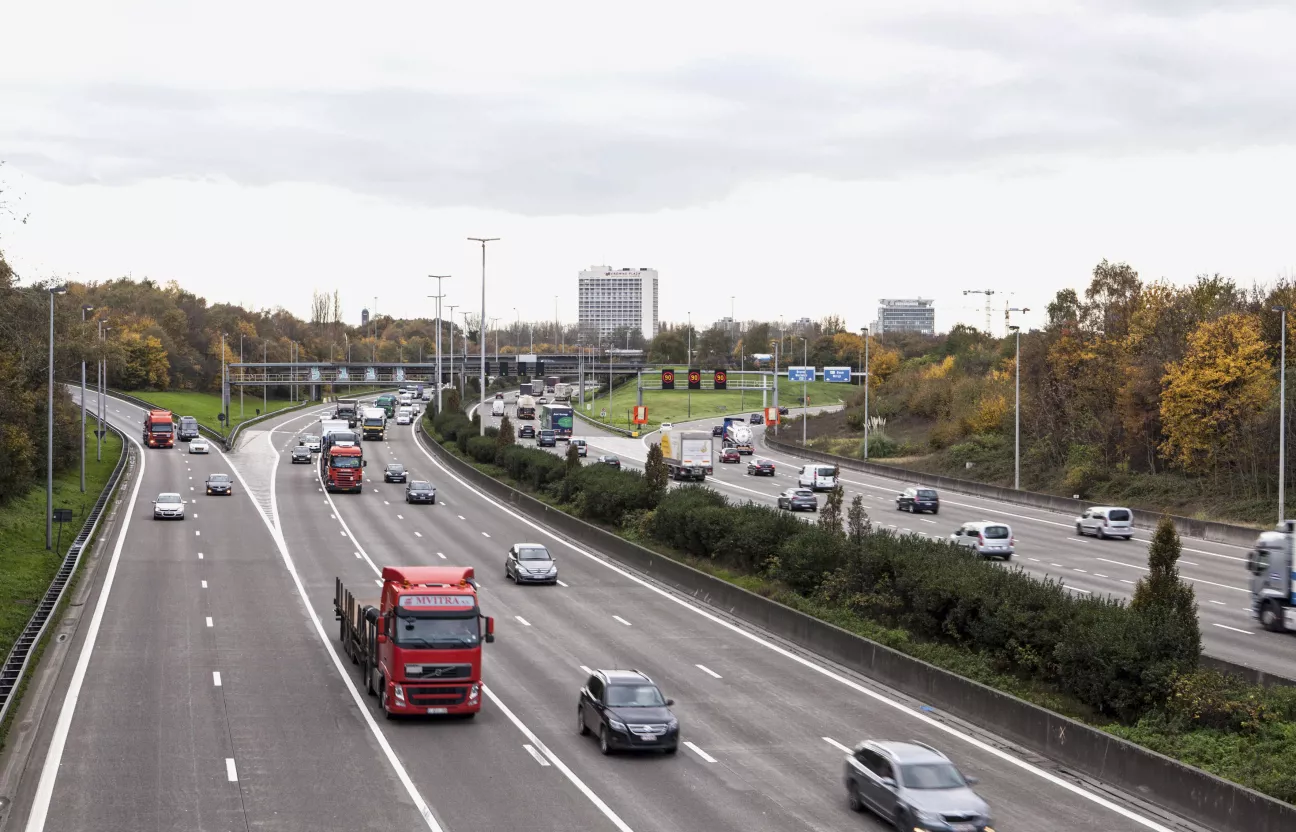
Road connectivity
Antwerp is well connected with a close-knit road network. Several regional motorways provide good circulation while the city also lies at the crossroads of five major international motorways. Road traffic in Antwerp will flow even smoother in the future with the construction of the Oosterweel link. The Flemish Region will invest more than 3 billion euro in this major project. An improved link will also be constructed between the E313/E34 from Hasselt and Eindhoven with the E19. The A102 is to become a tunnel in the direction of Breda.
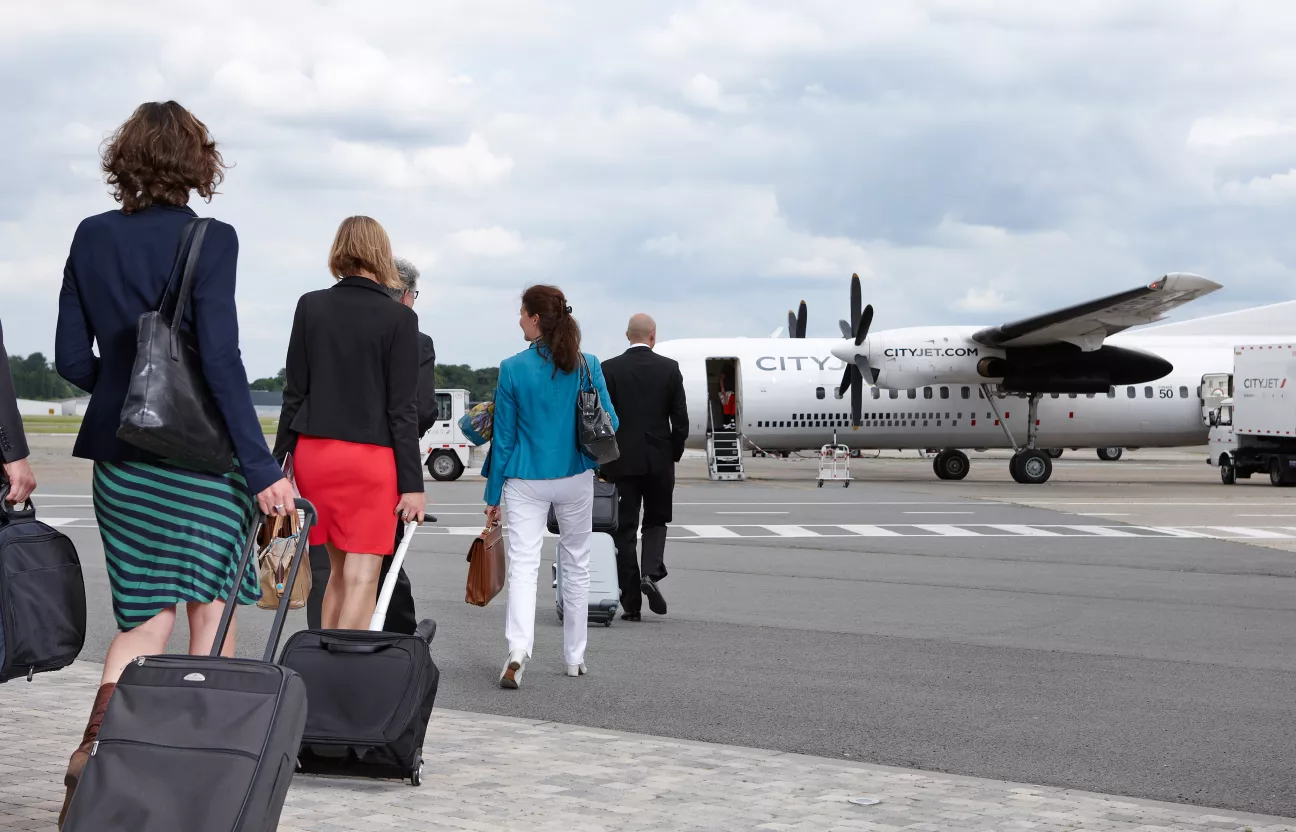
Air connectivity
Brussels Airport, Belgium’s large international airport is less than 30 minutes away. In addition, Antwerp also has its own small but flexible airport close to the city centre. With its short check-in times and excellent location, Antwerp Airport plays an important role in meeting the needs of international business travellers. Travel time to the main destination, London City, is just 1 hour. Information about air connections from Antwerp Airport to other interesting business destinations in Europe Home - All information about Antwerp International Airport (antwerp-airport.com)
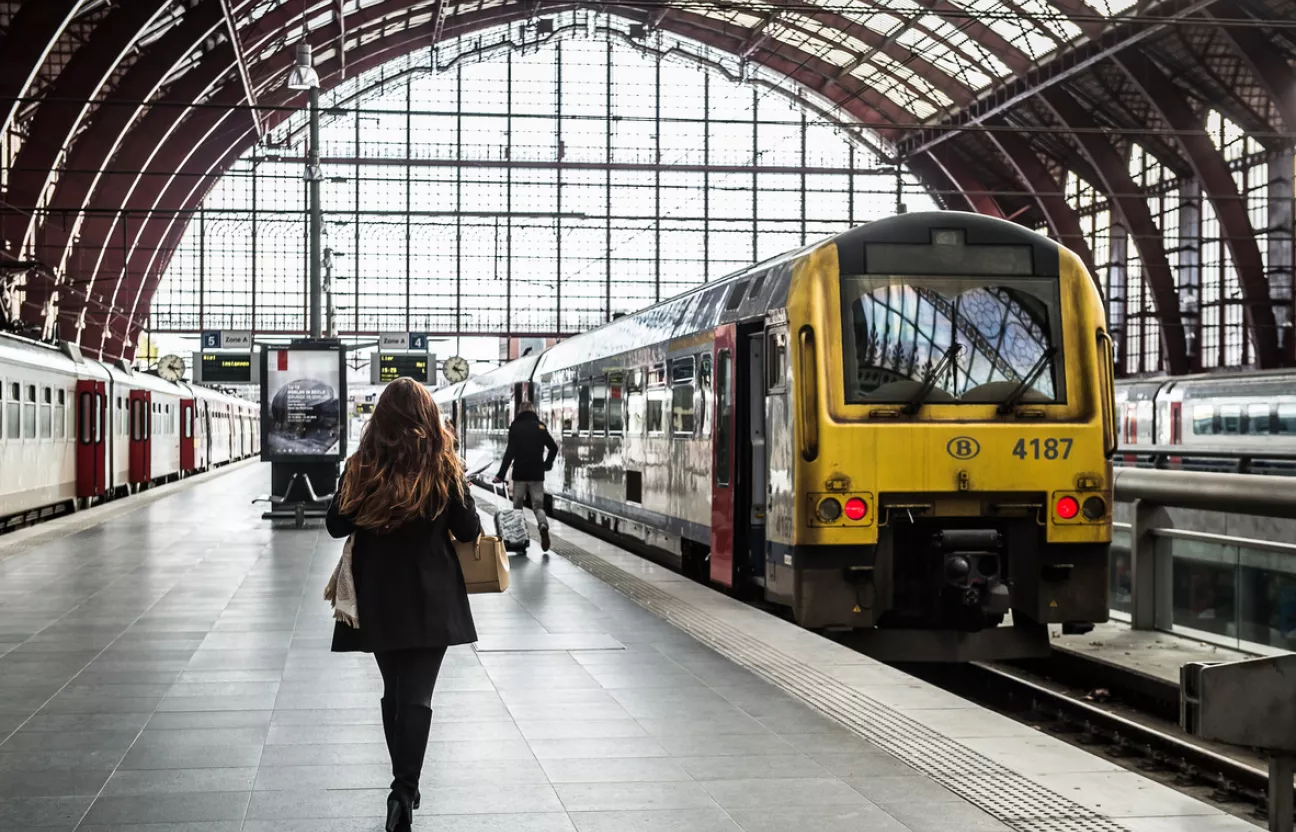
High-speed train connectivity
Thanks to Antwerp’s high-speed train station, major cities in France, the Netherlands, Germany and England are within easy reach from the city centre within minimal travel times. Paris is only two hours away. Moreover, the HST trains also offer fast connections to Europe’s major international airports.
| Destination | Travel time |
|---|---|
| Brussels North | 00:32 |
| Airport: Brussels National Airport | 00:34 |
| Amsterdam | 01:11 |
| Airport: Schiphol | 00:54 |
| Paris North | 02:02 |
| Airport: Charles De Gaulle | 02:15 |
| London Saint-Pancras | 03:09 |
| Frankfurt (Main) HBF | 03:44 |
| Airport: Frankfurt Flughaven Fernbahnhof | 03:30 |
(Source: NMBS)
The Antwerp Central Business District is located nearby the majestic Central Station - or ‘Railroad Cathedral’ as locals proudly call it.
In this district you’ll find offices in majestic townhouses, beautiful art deco buildings and new, state-of-the-art office towers. An offer of smaller offices is found in the secured diamond district. Serviced offices are available for companies that are looking for flexibility.
Rental prices in the Antwerp Central Business District are significantly lower, compared to other cities in Europe: 120 eur/m². Antwerp is a highly affordable market for offices. Would you like to know more?